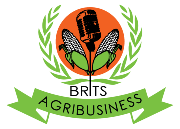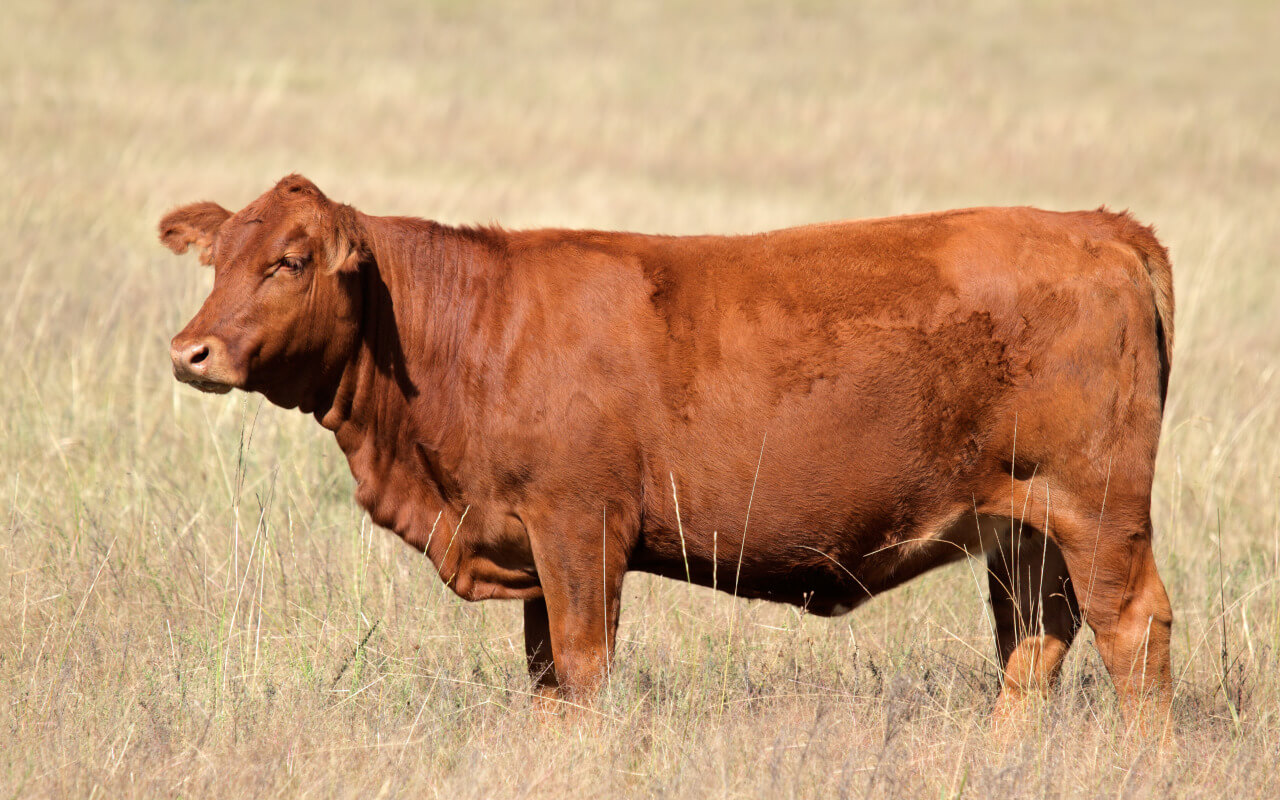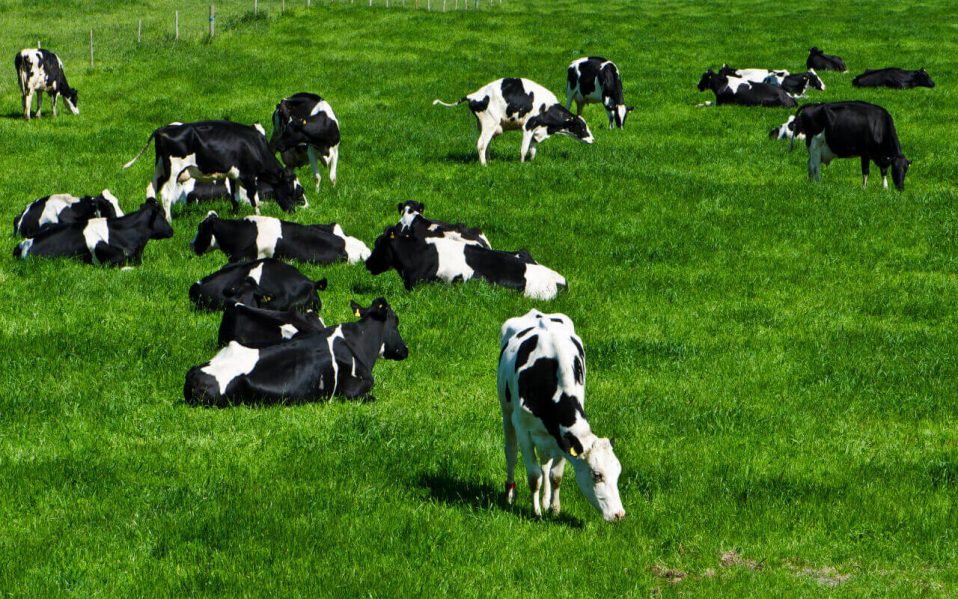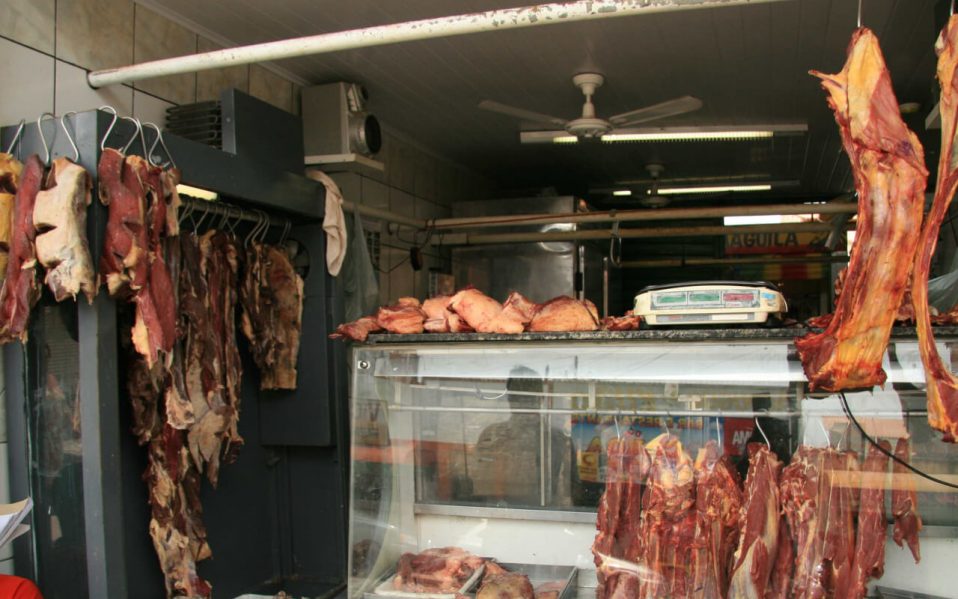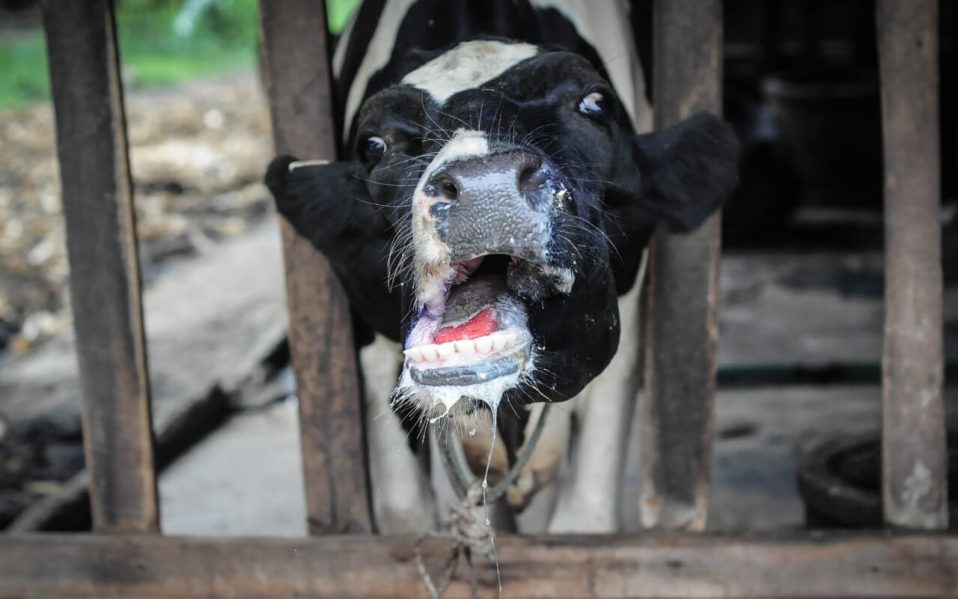Dear Dr Othieno, I read your article on feedlots.. I have always wanted to venture into beef farming and more so the feedlot system. My farm is in Kitale and would really like you to break down the nitty gritties of dairy farming and especially when it comes to feeding. Kevin, Kitale,
Like any other business venture, beef production requires good planning. It is important to get your goals right. The end may be good profits and the means will be the strategies that you will employ to produce good beef animal for your market. So what is your market? What are the preferences and what is the peak season? These should be the first questions you want to ask yourself before doing anything else. The next thing you should put into perspective is what breeds you are going to select, where you are going to rear them and the amount and quality of feed available.
What beef breeds should you go for?
Environmental factors will help a farmer select the best suited beef breed. The prevailing temperatures (heat and humidity) and pastures for example are factors that you must consider. Cross breeds are a darling to many beef farmers because they combine local environmental tolerance and good beef traits.
In Kenya, cattle for beef production can be selected from the dual purpose breeds like the East African Zebu, Boran, Simmental and Sahiwal or from beef breeds like Hereford, Charolais or Angus.
The choice of which breed to keep will also be determined by the preferences of your target market. Age at slaughter or market weight will determine which breed to select. If you are targeting to attain market weight at 12 months which has been shown to be the most profitable slaughter age, then an exotic beef breed will do. But bear in mind that this will come with intensive feeding.
Which approach or production system?
There are three approaches in beef farming; cow/calf, back grounding feeder calves and feedlots. In the cow/calf approach, a farmer keeps a herd of cows that produce calves. In this approach, the main focus is on the calves produced per year. If a farmer chooses cow/calf production, the breed selected should have good reproduction history. It should produce one calf annually. For this to be realised, a good feeding programme must be in place.
A backgrounder on the other hand buys weaned calves and feeds them to a certain weight before selling them. A feedlot operator buys weaned calves or mature animals (normally in not so good condition) and fattens them specifically for the market.
In both, take an extra step and know the health status of the animals being acquired. Vaccinations and de-worming records must be kept.
Feeding Programme
It doesn’t matter which approach you choose, feeding will be a critical component and one that will contribute greatly to your success or failure.
The business of beef cattle is to convert feeds into meat and your business is to ensure that happens by provision of quality feeds. Beef cattle have different nutritional requirements which are determined by the breed and the physiological status — pregnant cows will for example require more nutrients compared to the other animals.
Breeds need to be selected that fit into a designed production system. For example, East African Zebu or the Boran may cost less in terms of feeding but will take a longer to mature and is therefore suited for large ranches.
The production system for cow-calf producers should include a cross-breeding programme that utilises two or more breeds. The breeds chosen need to produce calves that are appropriate for their end use.
In conclusion, a good beef-production farming programme should be drawn with the assistant of an animal health and production expert who will advise on the best strategies to employ based on the local conditions.
(Dr. Othieno was the Vet of the Year 2016 and works with the Kenya Tsetse and Trypanosomiasis Eradication Council – KENTTEC, jothieno43@yahoo.com)
This article was first published in the ‘Smart Harvest’ feature of the Standard on Saturday edition of 21st Ju;y 2018.
